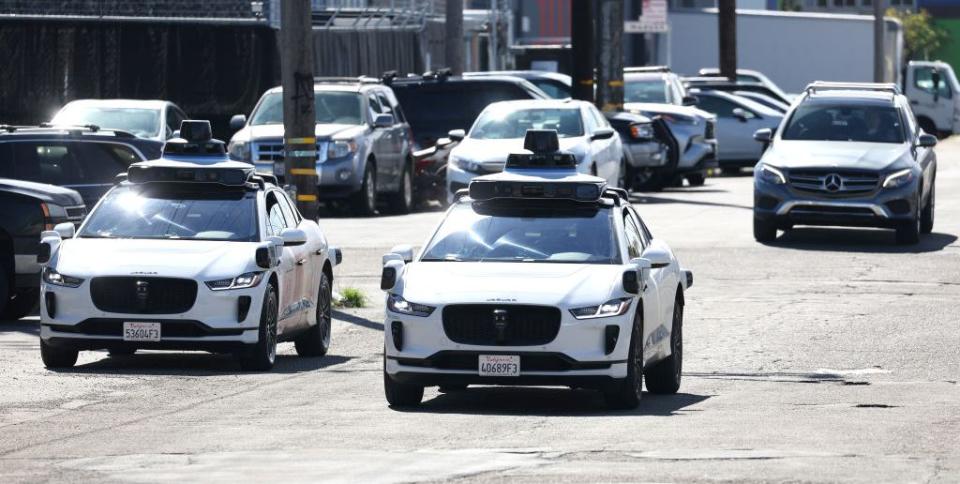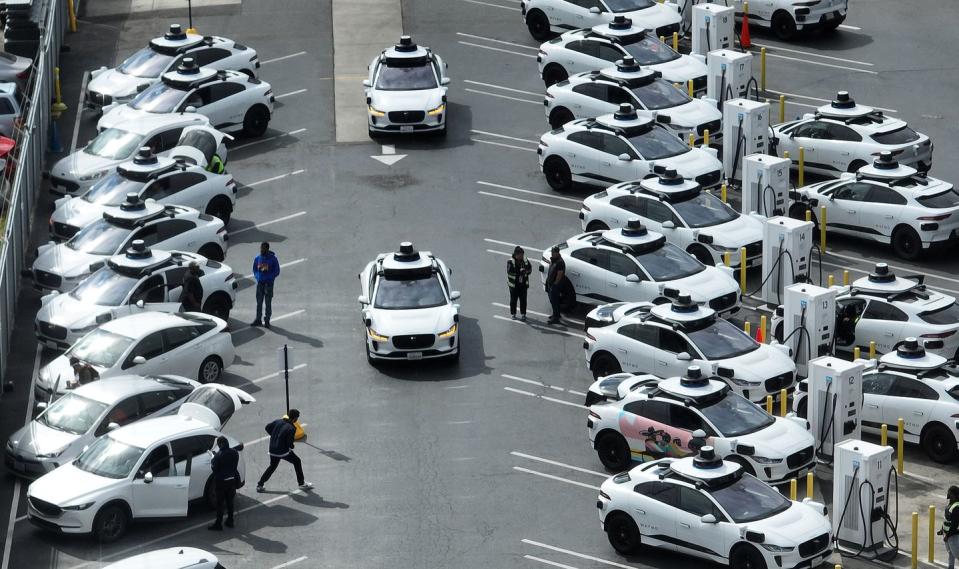Waymo Pivots from Autonomous Truck Development to Ride Hailing

Autonomous tech developer Waymo says it will focus on robotaxis, pausing development of autonomous systems for trucks.
Waymo and Cruise are now focused on introducing robotaxi services in more cities, as Level 4 systems begin to go mainstream.
Level 4 systems for trucks are still being developed by other companies, meant to operate without a driver behind the wheel on shorter routes.
During the early years of autonomous vehicle development, its potential for the trucking industry was viewed with great hope even if completely driverless Level 5 trucks were still deemed too futuristic to materialize in a matter of decades. But an eyes-off, hands-off Level 3 system could still lighten the workload for drivers, given the fact that a lot of cargo hauling happened on the interstates—a more manageable domain for early Level 2 systems.
Even a decade ago a number of developers and truck makers predicted that, at the very least, Level 3 systems could become commonplace in the industry in a matter of years, as soon as that technology was more or less perfected for cars.
In reality, a very different and nuanced picture has materialized. While Level 4 robotaxis are seeing their first major operational rollouts in cities like San Francisco and Austin, Level 2 and 3 has never really arrived for long-haul semi-trucks on a commercial basis, with a handful of developers instead focusing on short-haul and last-mile Level 4 systems.
Now, autonomous developer Waymo has unexpectedly revealed that it is halting work on autonomous systems for trucks.
"Given the tremendous momentum and substantial commercial opportunity we're seeing on the ride-hailing front, we've made the decision to focus our efforts and investment on ride-hailing," the company said in a statement.
Waymo says it will effectively push back the timeline on developing autonomous systems for trucks but will continue to work with Daimler Truck North America (DTNA), which along with its Freightliner brand has been its strategic partner. The autonomous developer also indicates it will follow through on its platform investments with Daimler.
Is this a sign that driverless Level 4 robotaxis are about to go mainstream, or that similar efforts for trucks are not worthwhile for complex business and regulatory reasons?

It certainly seems like a mix of both issues, as Waymo and GM's Cruise have raced to get Level 4 robotaxis going in a number of cities, most of them in the western half of the country, just as a business case for Level 3 trucks seems to have diminished. Part of this could be the investment in hardware to make an eyes-off, hands-off system profitable or worthwhile for freight companies to buy and use.
After all, if there will still be a driver in the cab and that driver will still be getting paid, then anything short of Level 4 will not really change the nature of the business while only adding costs.
Another issue with lower levels of autonomy and trucking has always been regulatory. If Level 2 or 3 systems aren't approved in all 50 states, but rather on a state-by-state basis with complex rules for each state, then it becomes too difficult to invest money in fielding them strictly for shorter routes.
The same, apparently, isn't necessarily true for smaller last-mile Level 4 vehicles and robots that could be introduced on a fleet-wide basis for stores and large warehouses, performing dozens of small cargo runs throughout a 24-hour cycle.
For the moment, it seems that Waymo sees an easier regulatory and business path to Level 4 robotaxis.
"Our goal is to set our company on a solid path of value creation by focusing on achieving commercial success for our ride-hailing business in the near term," the company added.
Will we see robotaxis replace ride-hailing app drivers in this decade and leave them out of work, or will this process take longer? Let us know what you think.

 Yahoo Autos
Yahoo Autos 